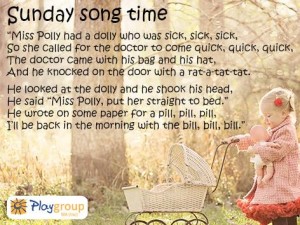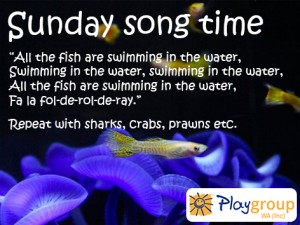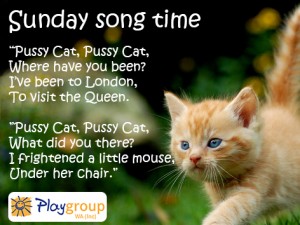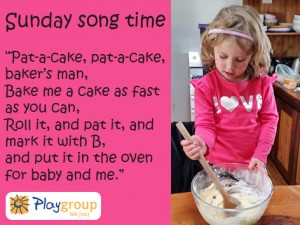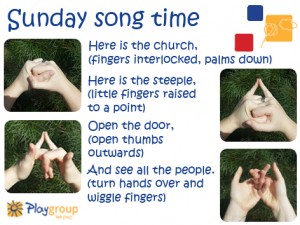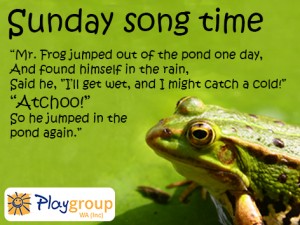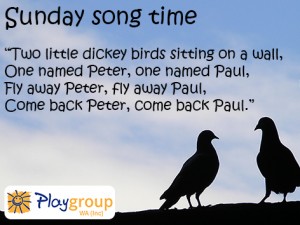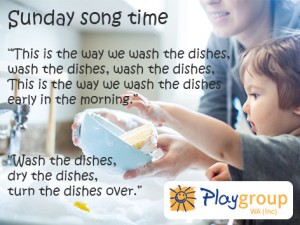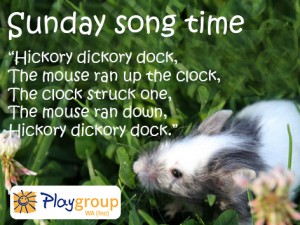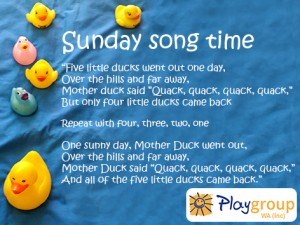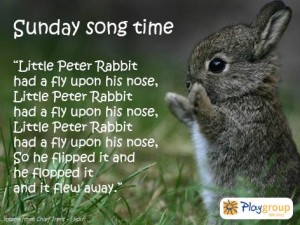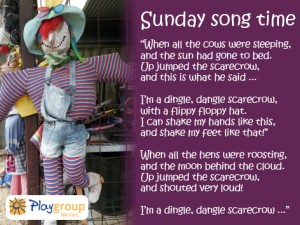Songs & finger rhymes – Baby
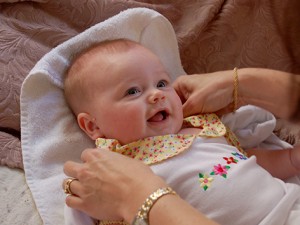 Singing simple songs with your baby builds connection between you both.
Singing simple songs with your baby builds connection between you both.
Did you know?
Finger rhymes help a baby become aware of their body.
Gentle tickle rhymes like “Round and round the garden” with gently circling of the palm before walking fingertips up the arm builds anticipation as they come to know what is coming up next. This all develops their thinking, reasoning and memory skills.
Babies are attracted to the rhythm, melody and movement of songs and rhymes.
Babies love watching fingers moving as you sing songs with actions like “Twinkle twinkle little star”.
Add language
Singing is one of the best ways to start and keep an interaction going.
Watch and tune in to what your baby is interested in. Get face to face and watch how they respond when you sing with them. At the end of a song, pause and watch to see if your baby wants to do it again – this might be through eye contact, movement or a vocalization. If they indicate they do want you to do it again, say “again” and repeat the song.
When we sing to babies we generally sing slower and our words are more pronounced. This is helpful for babies as they tune in to sounds.
Other development
Songs with movement help babies learn to associate the rhythm of music to the rhythm of their body.
Parents can learn or refresh their memory with the words and music for popular children’s songs by visiting the Raising Children website.
Variations
Attending Rhymetime sessions at your local library, joining local Family Rhyme Time sessions at your local Child & Parent Centre or community centre or attending a playgroup are all fun ways to learn and practice children’s songs with your baby.
Across the ages
All the activities listed on our “Play Ideas” page can be applied across different age groups. Check out songs and finger rhymes for toddlers, children and playgroups.
Activities listed under “baby” are suitable for children under 12 months. This age is largely about babies exploring their own bodies and the world around them from the safety of a close relationship with their caregiver.


